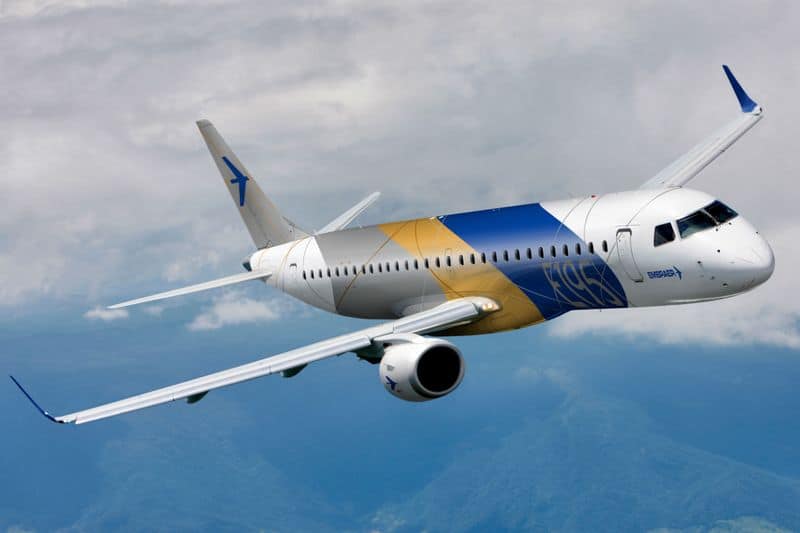
Landing Permits Demystified: Definition and Necessity
In the realm of international aviation, the landing permit is a cornerstone, serving as an official authorisation that grants aircraft, whether General Aviation or Commercial, the right to touch down within a specific territory or country. Its significance, however, extends far beyond a mere entry ticket. The landing permit stands as a testament to an aircraft’s compliance with international regulations, safety standards, and often, vital agreements between nations. Such agreements can influence multiple facets of air travel, potentially impacting route decisions, scheduling, and overall strategies. In essence, landing permits transcend being mere regulatory requisites; they morph into strategic linchpins, underpinning the intricate web of global aviation. Without these, aircraft operators, regardless of their nature, would be confronted with a complex labyrinth of rules and diplomatic challenges, posing risks to the seamless nature of international air journeys. The ramifications of delays or denials in acquiring these permits can be profound, encompassing operational hiccups to potential financial consequences. Thus, securing these permits promptly and correctly isn’t just a formality; it’s pivotal. It safeguards operational continuity, fosters international collaboration, and ensures the robustness of global aviation.
The Difference Between Landing Permits & Traffic Rights – Freedom of the Air
Landing Permits and Traffic Rights, while both integral to international aviation, serve markedly different roles, catering to distinct segments of the aviation industry.
A Landing Permit is primarily an administrative authorisation that grants an aircraft, be it commercial or private, the right to land in a specific country or territory. It ensures that the aircraft complies with the host country’s safety, environmental, and technical standards. Notably, while all aircraft operators might require a landing permit in certain global locations, private aircraft can frequently operate in regions like Europe without needing such permissions.
In contrast, Traffic Rights, synonymous with the ‘Freedoms of the Air’, exclusively address the commercial domain. These rights, which are born out of bilateral or multilateral agreements between countries, dictate the operational framework for commercial air services. They specify where airlines can operate, encompassing transit rights and the privileges of picking up and dropping off passengers, cargo, and mail. These rights predominantly govern the commercial activities between and within nations, influencing factors such as route choice, flight capacity, and frequency.
To sum it up, while Landing Permits cater to a broad spectrum, including General Aviation (GA) operators, Traffic Rights are primarily the preserve of Non-scheduled and Scheduled operators, distinguishing them from the wider remit of landing permits.
Discover more from reviewer4you.com
Subscribe to get the latest posts to your email.





